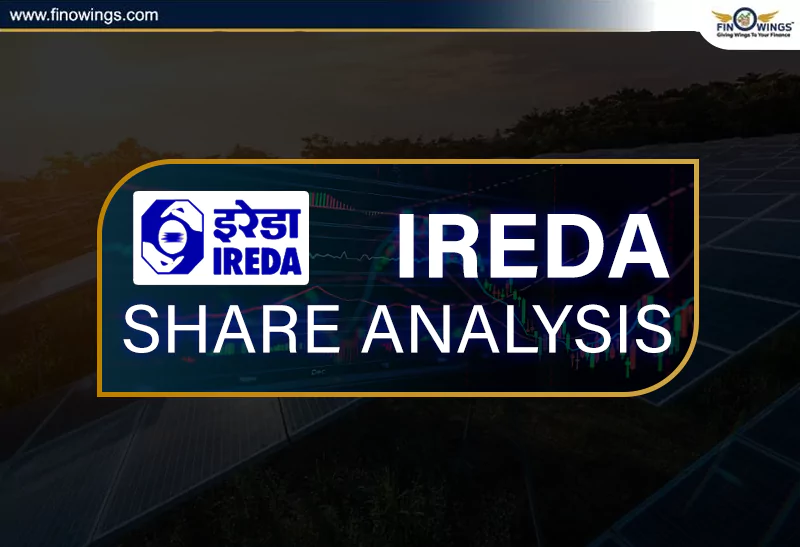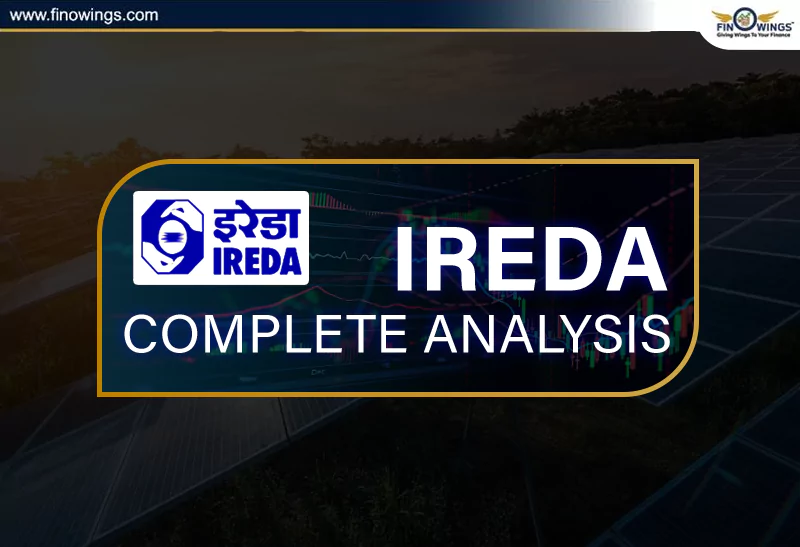Home >> Blog >> US Debt Ceiling Impact on Indian Stock Market
US Debt Ceiling Impact on Indian Stock Market

Table of Contents
Introduction
In recent news, the question of whether America will default on its debt has been making headlines. This has caused concern not only in the United States but also in global markets. As an investor, it is crucial to stay informed about the macroeconomic factors that can affect the stock market. By understanding the history and significance of America's debt crisis, we can gain valuable insights into how it may impact the stock market and make informed investment decisions.
America's Debt Crisis: A Macro-Level Perspective
The total debt of the United States has exceeded 34 trillion dollars, with a debt-to-GDP ratio surpassing 124. This means that for every dollar earned by the country, it requires a debt of 1.24 dollars. In comparison, India's debt-to-GDP ratio stands at around 57. These numbers highlight the severity of America's debt crisis and its potential impact on the stock market.
Historical Impact on the Stock Market
Looking back at historical events, we can observe the correlation between America's debt crisis and the stock market. In 2011, when the United States crossed its debt limit, the stock market experienced a significant decline. The Dow Jones fell by 635 points in a single day and plummeted by 2000 points over the course of a month. Similarly, India's Nifty Index also suffered a decline during the same period.
Another recent example took place in August of last year when the Fitch rating agency downgraded the United States. As a result, the Dow Jones fell by %, and India's Nifty Index dropped by 10% over the next three months. These cases demonstrate the direct impact of America's debt crisis on the stock market and emphasize the importance of understanding historical patterns.
India's Resilience and Retail Investors
Despite the potential consequences of America's debt crisis, India's stock market has shown resilience in recent years. The decline experienced during the 2011 debt crisis was less severe compared to previous instances. This indicates the increasing power of retail investors in India, who have become more knowledgeable and better equipped to handle market fluctuations. India's ability to withstand the impact of America's debt crisis is a positive sign for retail investors.
Steps Taken to Address the Debt Crisis
Both the United States and India have implemented measures to address their respective debt situations. The US government has focused on cutting spending and increasing revenue. This includes reducing expenses in sectors like military and healthcare while implementing tax reforms to generate higher income. India's government has also taken steps to manage its debt, as outlined in a detailed status paper. These measures involve various aspects of debt management, such as short-term debt management, debt maturity, and interest rates.
Conclusion
It is important for investors to understand the potential impact of America's debt crisis on the stock market. By analyzing historical data and observing the steps taken by both the United States and India to address their debt situations, investors can make informed decisions. While America's debt crisis has the potential to impact global markets, India's resilience and the actions taken by both countries provide reassurance. By staying informed and maintaining a long-term perspective, investors can navigate the stock market amidst economic uncertainties.




















